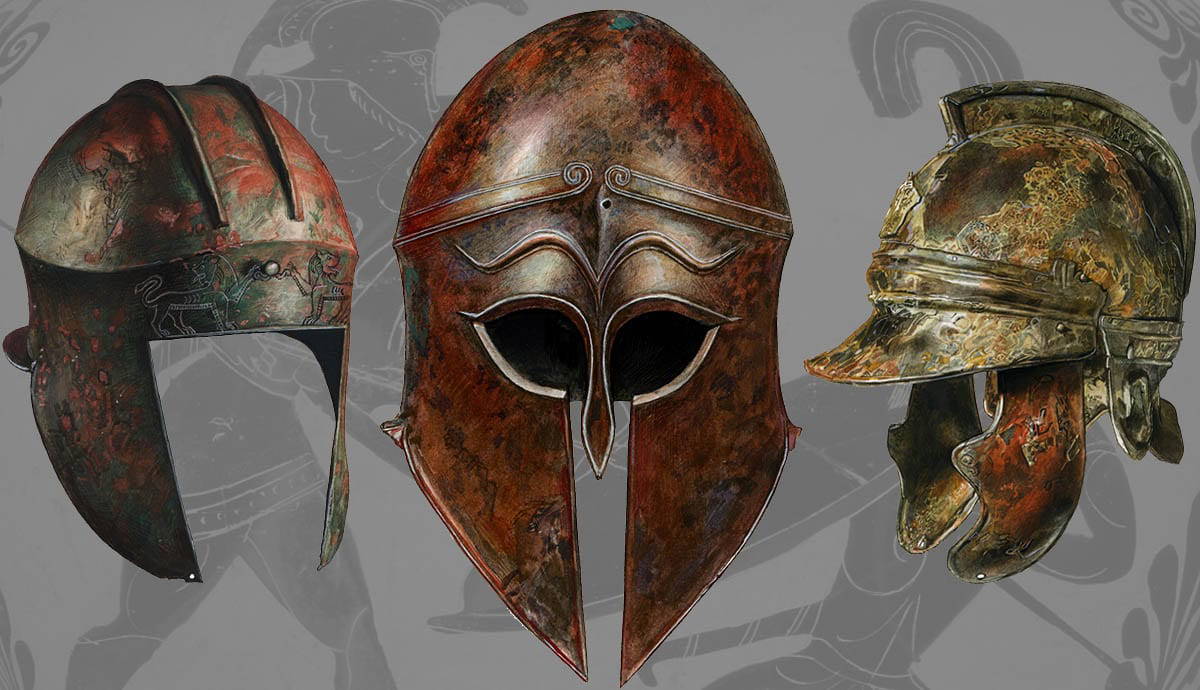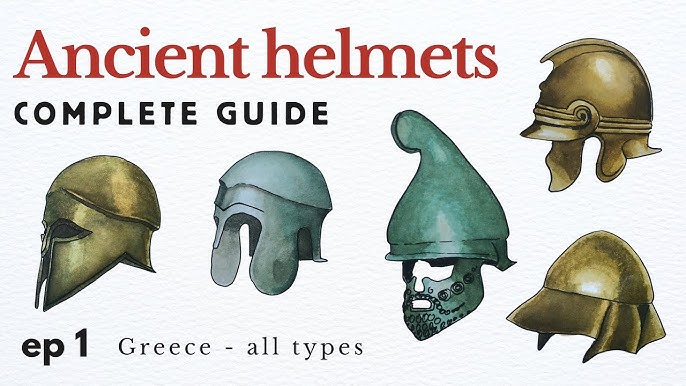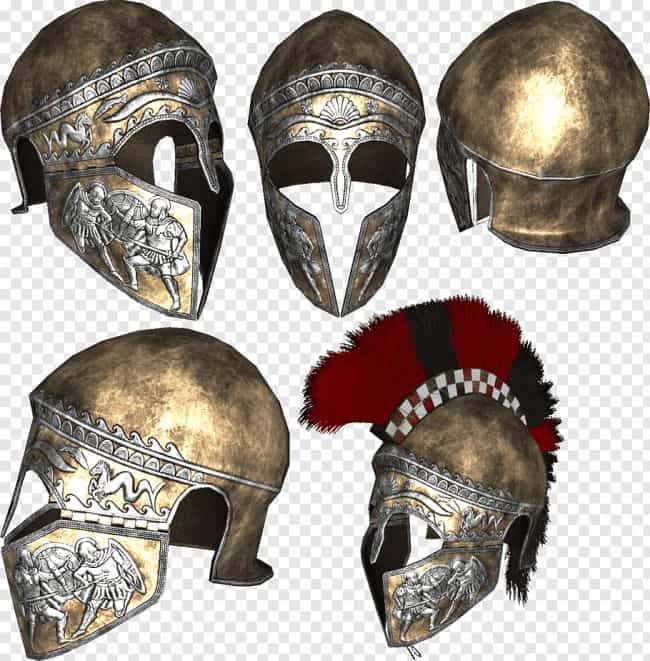Alright, so you’re probably thinking about Greek helmets, and one particular image springs to mind, right? That classic, almost face-covering bronze thing you see in all the movies. I was right there with you. Thought it was pretty straightforward. Turns out, it's a whole different ball game once you actually start looking into it.
How did I even get dragged into this, you ask? Well, it’s kind of a funny story. It all started a few years back. I was in a bit of a rut, you know? Same old, same old. My buddy, Dave, he’s always been into history, and he was part of this local historical society. They were planning a small exhibit, a sort of "Ancient Warriors Through Time" thing. Nothing fancy, just for the local community center. Dave knew I was handy with building stuff, little models and things, so he asks, "Hey, reckon you could knock up a few helmet replicas? Just basic ones, to show the different styles."
Famous last words, those were: "basic ones." I thought, "Sure, how hard can it be?" I pictured that one iconic Greek helmet, maybe one or two others. Easy. So, I started digging around for references, just some simple pictures online to get started. And that’s when the whole thing just blew up in my face. Not literally, thank goodness, but the sheer amount of information, the different types… it was overwhelming. My little weekend project suddenly felt like I’d accidentally signed up for a master's degree in ancient armory.

I started seeing all these names – Corinthian, Chalcidian, Illyrian, Boeotian, Phrygian. At first, they all just looked like variations on a theme, bronze pots for your head. But the more I looked, the more obsessed I got. My workshop, which is usually for my woodworking projects, started to fill up with sketches, printouts, bits of foam I was trying to shape. My wife would come in, shake her head, and ask if Dave was paying me for all this. Of course, he wasn't! It was just me, falling down a rabbit hole, determined to get it right. I spent hours, man, hours, comparing tiny details, trying to understand why one helmet had cheek pieces that met in the middle and another had them open.
So, What Did I Figure Out After All That?
Well, after drowning in sketches and ancient pottery images, a few main types really stood out. It wasn't just about looking cool; these things evolved for actual, practical reasons on the battlefield.
The Corinthian Helmet
This is the big one, the superstar. The one everyone pictures.
- It usually covered the whole face, except for small eye slits and a gap for the mouth/nose. Talk about tunnel vision!
- It offered amazing protection, no doubt. But imagine trying to hear commands or even breathe properly in that thing, especially in the Greek heat.
- Later versions, I found, started to open up a bit more. Seems like the soldiers probably complained enough.
The Chalcidian Helmet

Then there's the Chalcidian. This one felt like an improvement on the Corinthian, or at least an attempt to fix some of its problems.
- It still had good protection for the skull and neck.
- But, and this is key, it had much larger openings for the ears and eyes. You could actually hear and see better.
- Often, it had separate cheek pieces that were hinged or attached, not just one solid piece like many early Corinthians. More comfortable, I guess.
The Boeotian Helmet
This one was a bit different. It didn't look as "enclosed" as the others.
- It looked more like a wide-brimmed hat, really. Open-faced.
- I read this was popular with cavalry. Makes sense, right? You need good visibility and hearing when you're on a horse, zipping around.
- It probably offered less face protection but way better awareness of what’s happening around you.
The Phrygian Helmet (or Thracian)
This one had a distinctive look, with a forward-pointing peak at the top, kind of like those Phrygian caps.

- It often had large cheek pieces too, sometimes decorated.
- The high, forward-curving crest was its signature feature. Some historians think it might have helped deflect blows.
- You see this style popping up in different regions, not just mainland Greece.
And that’s just scratching the surface, believe me. There are Illyrian types, Kegel types (which are super early), and all sorts of regional variations. Each little tweak in design tells you something about how these guys fought, what they valued in terms of protection versus awareness, and even what materials and skills they had available.
So yeah, what started as a "simple" request from Dave turned into a full-blown historical investigation in my workshop. I did eventually make those "basic" replicas for the exhibit, but I ended up knowing a heck of a lot more about Greek headgear than I ever thought I would. It just goes to show, you never know where a casual favor might lead you!











